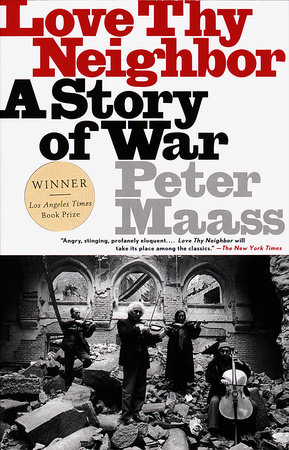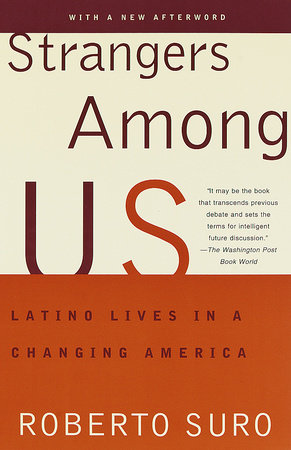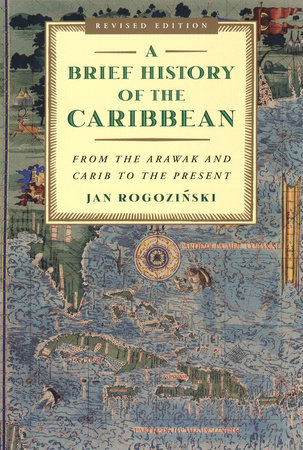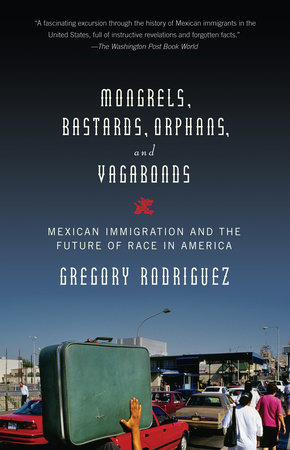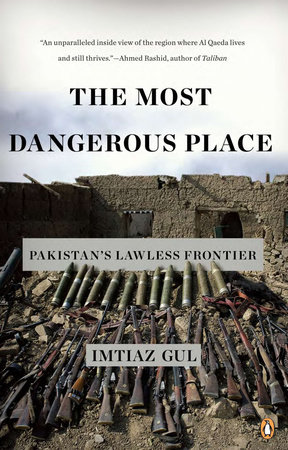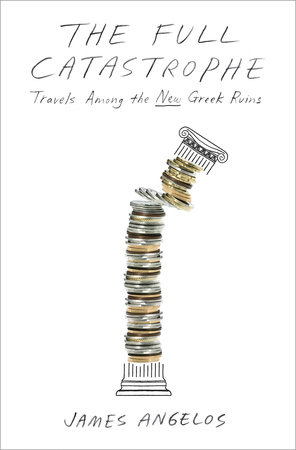Author Q&A
Why has India’s rise happened IN SPITE OF THE GODS? It has long been fashionable to see religion-and particularly Hinduism-as India’s greatest strength. Without in any way disrespecting one of the world’s greatest-and in many ways most spectacular-religions, this book sees the Hindu caste system, which is integral to Hinduism, as antithetical to modernity. India’s rise is taking place because a system of meritocracy and opportunity is beginning to creep into India’s society. This is happening in spite of Hinduism and its notorious caste system, which has strangled opportunities for millions of Indians over thousands of years by confining them to hereditary occupations. You describe India’s economy as somewhat schizophrenic, please explain. India’s software, IT and the high-tech end of its manufacturing sector rival the best in the developing world and in some cases-particularly the online economy-are competing directly with companies in the US, Europe and Japan. This very dynamic and global end of India’s economy is growing rapidly and is likely to continue to do so. The same is not the case for India’s agricultural economy which is growing at two percent a year compared to ten percent annual growth in services. The difference between the typical Indian village which lacks electricity and clean running water, and the typical software urban setting in India, which is as sleek and seamless as anywhere, is the difference between the best South East Asia and the poorest corners of Sub-Saharan Africa. What is India’s greatest strength? Undoubtedly its comfort level with democracy and pluralism. The practice of voting and of dissent and of freedom of expression is as ingrained into Indian society as it is in any democracy in the west. The ability to channel dissent peacefully and to change government without any hint of coup or reversal is virtually unique in the developing world. It explains why India is stable in spite of the continuation of large pockets of absolute poverty and social frustration: regardless of your status in society or your place in the economic pecking order you have an equal right in the political marketplace. There are very few grounds to doubt the continuation of Indian democracy. And it’s greatest challenges? India’s three principal challenges are: 1. Establishing peace with neighboring and nuclear-armed Pakistan. Bill Clinton rightly described the disputed state of Kashmir as the "most dangerous nuclear flashpoints in the world." 2. Overcoming the threat of Hindu nationalism, which is as destabilizing to India’s prospects as Islamic fundamentalism is to Muslim societies. 3. Bringing its 700 million villagers into the modern economy that the remaining 400 million Indians are increasingly enjoying. Can you tell us how elections are won in India? Indian elections are complex exercises in which the outcome is highly fragmented. With 18 official languages, all the world’s religions, a caste system and a mosaic of different ethnicities, India has the most complex electoral democracy in the world. That India now has twenty-party coalition governments that usually survive for the full five years is a remarkable testimony to the stability of Indian democracy. By definition, every national election in India is the largest democratic exercise in human history.How would you compare India’s economic rise to that of China? It is slightly less dramatic. But if China did not exist the world would be talking about the Indian miracle. China has been growing at an average of eight percent a year since 1980. India has been growing at six percent a year since 1991. Qualitatively, India’s economy is more high-tech and more entrepreneurial than China. But socially, China’s is probably the better model since it gives vastly more people direct employment. This is because India tends to rely on the skills of its graduates to produce high-quality goods whereas China is more conventional in basing its competitiveness on lower costs rather than higher quality. In other words, India is capital-intensive economy while China’s is labor-intensive. Gradually India is becoming more labor-intensive and employing more people in manufacturing. It is also becoming internationally renowned. In October 2006 Tata Steel, India’s second largest steel company, took over Corus, formerly British Steel, in an $8bn deal. Every ton of steel manufactured in Britain is now Indian owned. How do you hope India’s future will unfold? I hope India will continue to grow at its current pace and gradually emerge as an alternative non-authoritarian and pluralistic model to China as, to some extent, it already is. I hope it will show statesmanship and imagination in bringing peace to Kashmir and a settlement of some kind with Pakistan, which would be the greatest gift it could give to world stability and to fighting the war on terrorism. And I hope it will take its rightful place alongside the US, China and others as a permanent member of the United Nations Security Council as the second largest country and the largest democracy in the world. Broadly speaking, India should continue on its current path but do it better and





